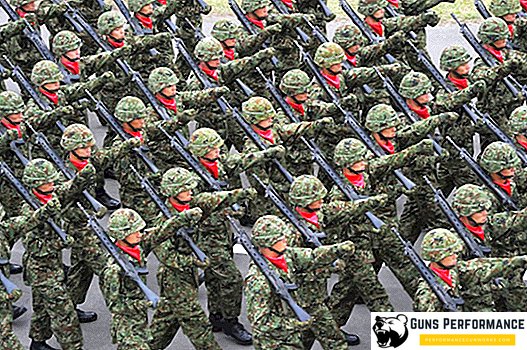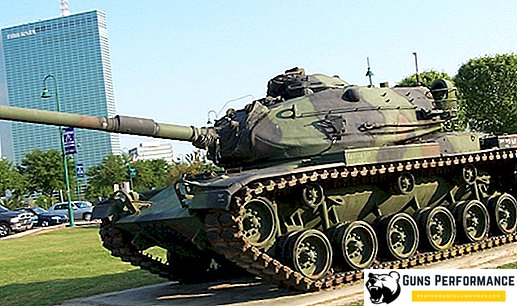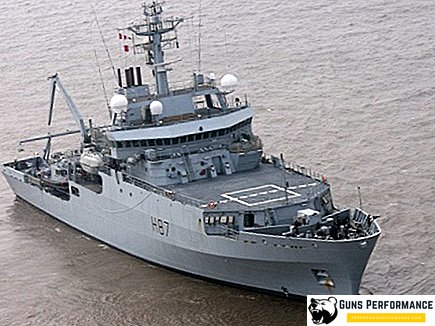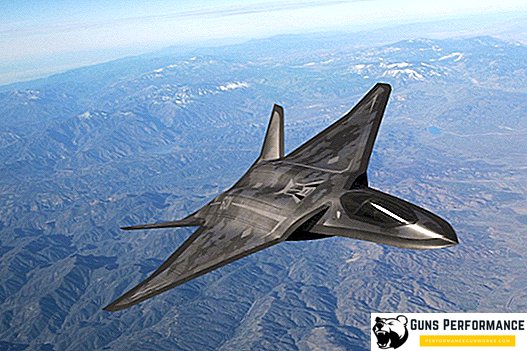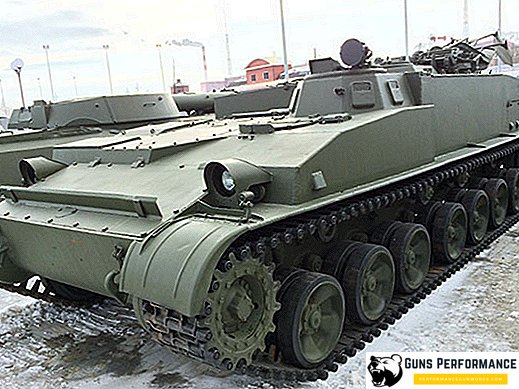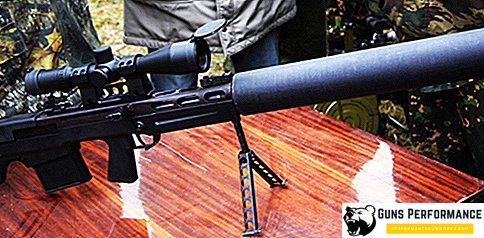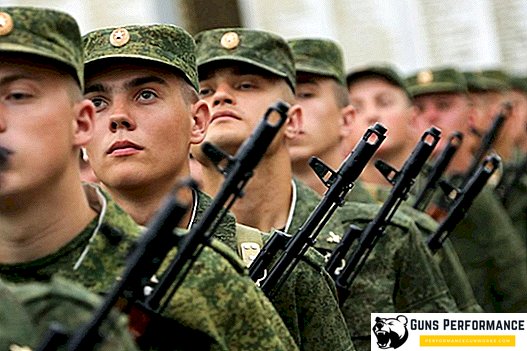During the time that has passed since 1947, both the militaristic buildup and the Japanese attack on Pearl Harbor have been forgotten. The land of the rising sun is considered peaceful and harmless. Nevertheless, within the framework of the new strategy, called “proactive pacifism”, military power is being actively built up, military policy, the economy, and the defense-industrial complex are being developed.
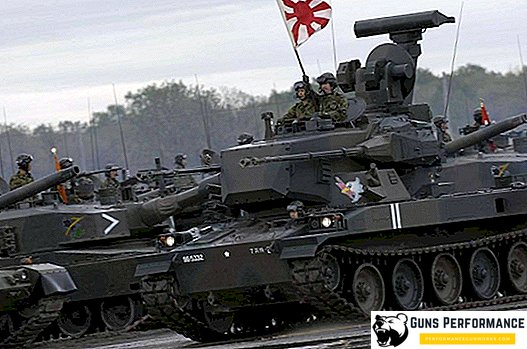
World War I
The expansionist sentiments of the militarist-minded Japanese authorities motivated the country to participate in the First World War on the side of the Entente. Having become an ally of England, Russia and France in 1914, Japan received German New Guinea conquered from the Germans (with the Mariana and Marshall Islands), territories in the Chinese province of Shandun.
Participation in the Second World
Manchuria was ceded to Japan as a result of a military seizure in 1931. Since 1936, the country has become an ally of Nazi Germany. Japan entered the Second World War by signing the “Triple Pact” with Italy and Germany. She had the potential to simultaneously fight with Mongolia and China (Second Sino-Japanese War). Hong Kong, Malacca, the Philippines became the trophies of the empire. The bombardment of the Pearl Harbor naval base caused the United States to enter World War II.
Such mobilization of resources for military needs could not affect the economy of the state: by 1945, Japan was exhausted, the crisis began. The United States did not see any other possibility of withdrawing the empire from the war, except for the atomic bombing, which took place in August 1945. Already in September, the country signed the Unconditional Surrender Act.
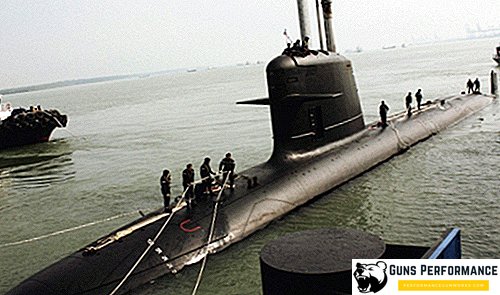
Peace Japan - pacifist constitution
A new, peaceful life in Japan was marked by the adoption of a new constitution in May 1947. Her ninth article was to guarantee the state from occupation and military collapse: it prohibited participation in any military conflicts, military exports, and scientific research in this industry. Japan left the military political arena.
New Deal - Proactive Pacifism
But in 2006, a smooth change of course began: the Japanese Self-Defense Forces legally received the status of a military organization, a defense ministry appeared. Such changes approved the United States: they need an ally located near China and South Korea. With the latter, the territorial divisions of Japan have sharpened.
Proactive pacifism in Japan is characterized by three important steps: the reform of the Self-Defense Forces, the development of the defense-industrial complex, participation in military operations. The development of the military industry is governed by a short-term national security strategy - a plan developed by a specially created commission for 2014-2018. This strategy identifies the main threat to the security of Japan is the strengthening of China, which claims leadership in the region. Further on, the territorial differences with Russia and South Korea, the nuclear missile program of North Korea come in importance. The goal of the program is to form the military self-sufficiency of a country that had previously relied on the United States on defense issues, having signed a defense agreement with them in 1960. According to this document, to protect the territory of Japan from the encroachments of other countries, 50,000 US military and the seventh US fleet are deployed in the country. While defending Japan, the Americans cannot intervene in the territorial disputes of this country with their neighbors, but they made it clear to China that the islands of Senkaku for which they claim will be protected.
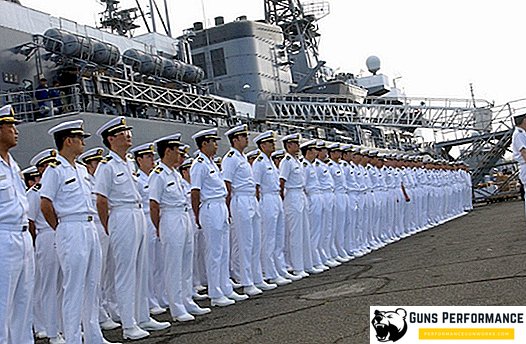
The strategy involves the mobility of half of the Japanese Self-Defense Forces, part of the units operating in a constant combat readiness. Following the example of the United States Marine Corps, the Japanese form the same units.
Strengthen the military power should the development of the aviation industry. For this purpose, unmanned aerial vehicles, reconnaissance aircraft, F-35 Lightning II fighter jets are bought in the USA, and four E-767 long-range radar detection and control models are being upgraded to control combat aircraft.
The Japanese fleet, consisting of 50 warships and 18 submarines, serves as a coast guard, protecting the waters and coast from smugglers and poachers. It will be replenished with the construction of two destroyers equipped with a modern combat information and control system and five submarines. The airspace was entrusted to guard the upgraded air control system, which is constantly equipped with new radars. From the system expect quick and accurate detection of Chinese air border violators.
In order to test the potential of Japanese enterprises, their ability to create combat aircraft, a project was launched to develop a domestic X-2 fighter aircraft. 220 enterprises worked on it, Mitsubishi Heavy Industries Corporation became the main developer. After completing testing, the government will decide on the use of the technologies obtained for the development of the new F-3 fighter. The beginning of work on it is scheduled for 2018, and the first prototype should rise to the sky in 2024.
The government does not plan to cooperate with other countries for joint military development. The Japanese intend to independently develop technologies in the course of complex, lengthy and expensive tests. Since 2014, Japanese military supplies are regulated by the new law. He abolished the previous bans on military exports; today, countries that buy weapons from Japan must sign a waiver of re-export.
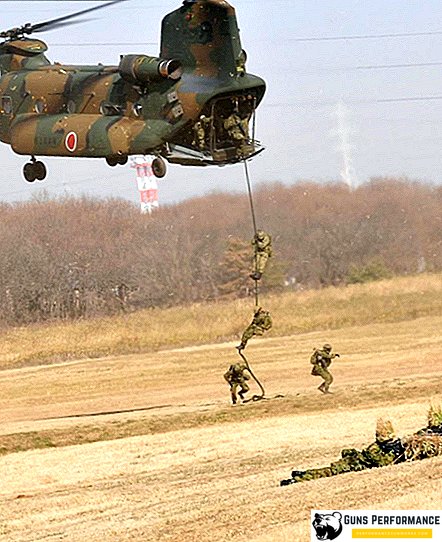
Arms Export
Since 2014, the National Security Council has been responsible for all military supplies. This body reviews and approves international military supply transactions. In submission of this Council of the Ministry - the economy, foreign affairs, industry and commerce. Their task is to create lists of products for export and to negotiate with interested parties. The last link in this chain were industrial enterprises. They produce products and can conduct preliminary negotiations with potential buyers.
Since 2014, Japan has already participated in several exhibitions of the military-industrial direction. For foreign countries, it already now offers amphibious aircraft of its own production. Their manufacturer, ShinMaywa, is one of the first to receive permission for military exports; it is negotiating with India for the supply of US-2i amphibious aircraft.
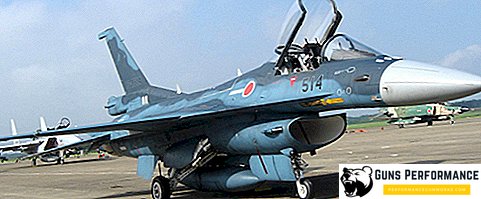
Kawasaki Heavy Industries offers multi-purpose helicopters, while Japan Aviation Electronics offers aviation instruments. The development of on-board electronics and radar technology is engaged in Mitsubishi Precision. Various rockets, airplanes and tanks are produced by the largest company Mitsubishi Heavy Industries.
Japanese military technology world is interested in for a long time. Back in 2013, Turkey expressed interest in buying tanks. But at that time, Japanese law supported restrictions on military exports, and the deal did not materialize. Today, negotiations are underway to supply self-propelled artillery mounts, armor elements and radar stations to countries in the Asia-Pacific region.
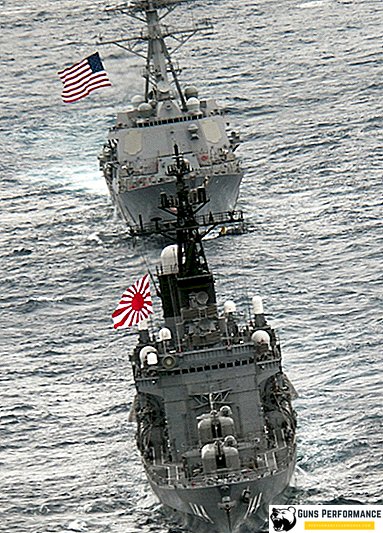
Cancel Ninth article
A lively debate in the Japanese parliament is about a possible repeal of the Ninth Article of the Constitution - the basis of the country's pacifism. Especially the Prime Minister Shinzo Abe is in favor of revising the basic law. In one of his speeches delivered after the military parade, he said that the country's territorial sovereignty is threatened because of China’s claims on the islands in the East China Sea. Therefore, amendments to the constitution should increase the country's defense capabilities. Addressing the military, he urged them to prepare not only for the teachings, but also for real hostilities.
The Japanese military has declared its readiness to shoot down Chinese aircraft seen above the islands in dispute - Diaoyu / Senkaku. At the same time, analysts are confident that Japan itself is the initiator of all territorial aggravations.
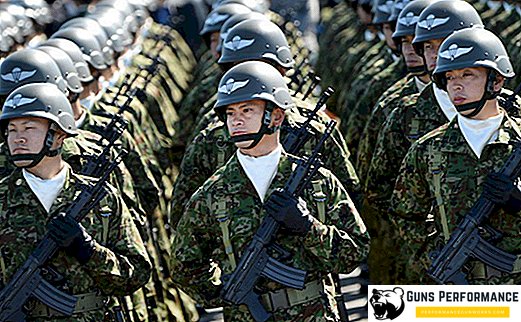
The conflict with South Korea did not exist until 2008, when Japan declared its ownership of Liancourt Island. She captured him in 1905, and having suffered defeat in World War II, she lost her right to possession. The lands returned to Korea, the island has a Korean police station, a lighthouse and a department of the Ministry of Fisheries.
In September 2018, a law was passed authorizing the use of Self-Defense Forces outside the country to protect the peaceful way of life of people and prevent armed conflicts. Now the armed forces can take part in the collective defense of friendly states even when Japan itself is not attacked. But the possibility of such participation is not unconditional: it is approved by law, subject to two conditions. A military conflict must have no alternative, and pose a threat to the existence of the Japanese state. This law does not go against the Ninth Article of the Constitution, the authorities call it an interpretation of the pacifist position of the country.
Summarizing all of the above, it is not difficult to understand the general vector of the country's development: the Japanese authorities are talking about the active participation of their state in establishing peace throughout the world.
